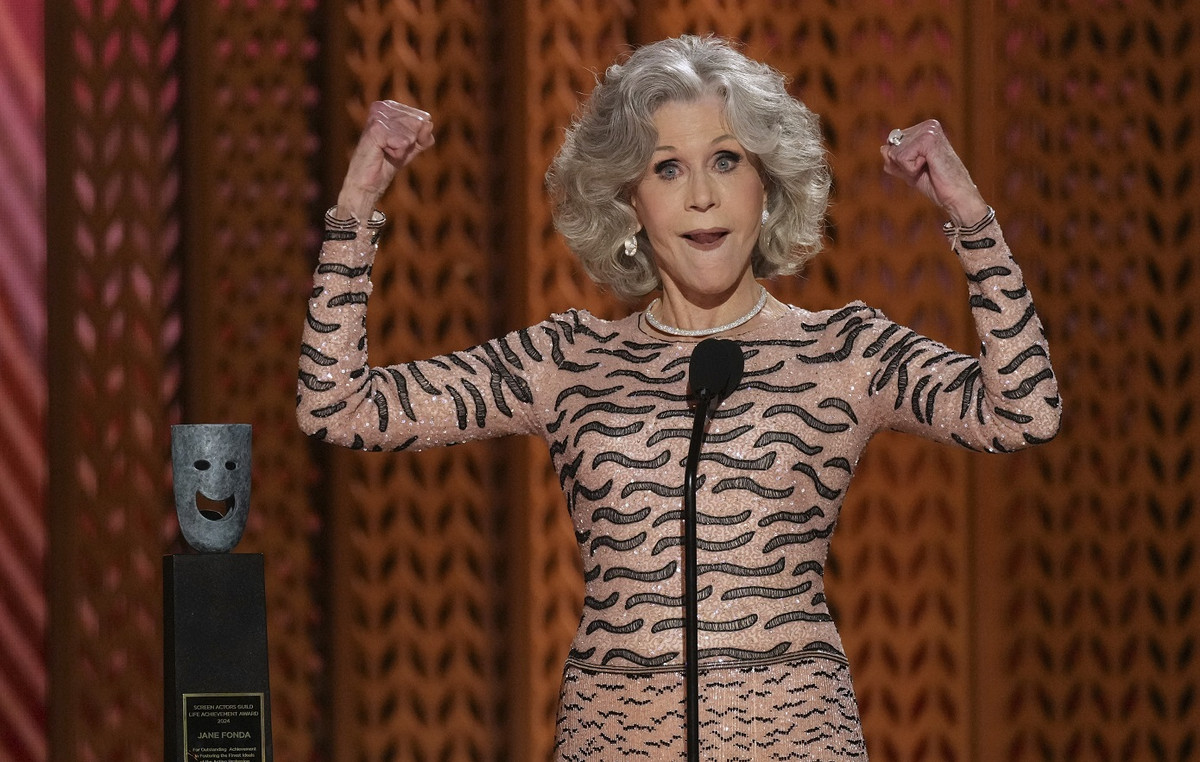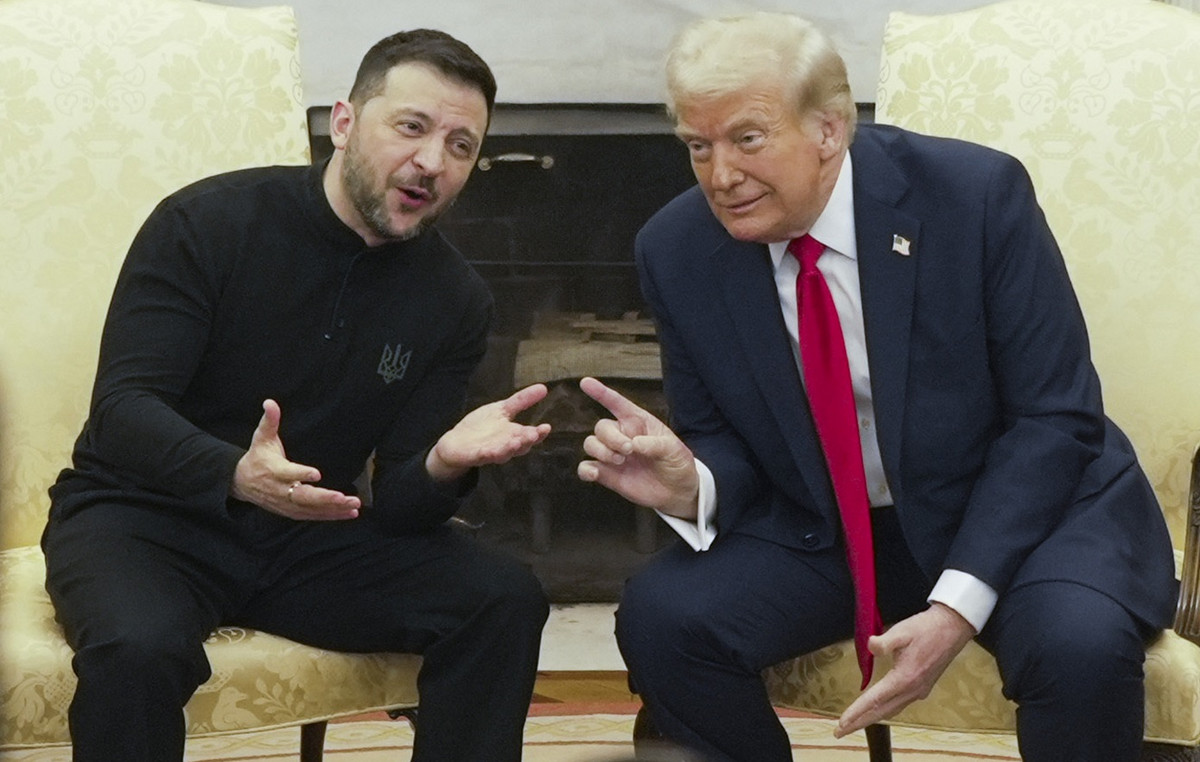- The Dow Jones accelerated toward further losses, falling nearly 0.8%.
- Losses are concentrated in the Dow as investors doubt the Fed’s action.
- Continued declines in key healthcare and technology stocks are dragging down the Dow further.
The Dow Jones Industrial Average (DJIA) lost another 300 points on Tuesday as losses pile up in the key index and begin to gain speed. Investors have been chasing interest rate cuts from the Federal Reserve (Fed) since last December, but now concerns about getting too much of a good thing are giving traders pause.
The Fed is widely expected to deliver another quarter-point rate cut on Wednesday, bringing its target rate to the 4.25%-4.5% range. The federal funds rate peaked at 5.0%-5.5% in July 2023, and investors clamored for interest rate cuts to provide financial relief for 13 straight months before the Fed finally delivered a cut. rate cuts of 50 basis points in September and followed it with another 25 basis point cut in November. Now investors are second-guessing the Fed’s moves on interest rates, and questioning whether the US central bank may be moving too fast, too far in the face of recent US economic data.
According to the CNBC Fed Survey for December, some investors are beginning to pivot toward an uncertain stance in the face of threats of highly inflationary policies from incoming President Donald Trump. About a third of respondents said it might be time for the Fed to reevaluate its rate cutting strategy.
Stocks initially rebounded on news of a decisive Trump election victory, but now those same animal spirits are beginning to wonder if the threat of global tariffs, mass deportation policies, and entering into unilateral trade wars with all major partners US trade at the same time may not be as positive for stock performance as many investors initially believed. Adding to the uncertainty of policy impacts, some analysts are recalling Trump’s campaign promises to renegotiate the USMCA trade deal he initially negotiated during his first presidency.
Dow Jones News
Even though the Dow Jones remained roughly balanced on Tuesday with about half of the index’s listed securities trading in the green, losses concentrated in well-known names are dragging the price-weighted chart down. Unitedhealth Group (UNH) continues to decline as public opinion of health insurance providers sinks further following the murder of United Health C-level executive Brian Thompson. On the same day that Brian Thompson was murdered, UNH shareholders celebrated unexpected gains for the healthcare company, which have been perceived primarily as coming from an associated increase in denials of insured claims at the healthcare giant. UNH fell an additional 3.5% on Tuesday, testing $480 per share after hitting an all-time high of $630.73 in November.
Adding to the Dow’s losses was a drop in Nvidia (NVDA), which fell another 1.7% on the day and broke below $130 per share for the first time since mid-October. Investors may have concerns that Nvidia’s broad pivot toward providing computational processing power for the AI space may be running into problems as widespread reports of overheating in Nvidia’s chip solutions accumulate.
Dow Jones Price Forecast
The Dow Jones’ 330-point drop on Tuesday sets the key stock index up for its longest daily losing streak, and the DJIA is on track to close in the red for the ninth straight session. The Dow has broken the 50-day exponential moving average (EMA) for the first time since late October, when the price action was testing a technical floor near the 42,000 area.
The Dow Jones closed above 45,000 for the first time in history in early December, but a short-term pullback has seen the DJIA lose 3.8% top to bottom. While bearish momentum is in control of the key stock index, bidders are likely waiting in the wings for a fresh bounce from the 50-day EMA with an immediate price bottom near the latest low of 43,000.
Dow Jones Daily Chart
Dow Jones FAQs
The Dow Jones Industrial Average, one of the world’s oldest stock indices, is made up of the 30 most traded securities in the United States. The index is weighted by price rather than capitalization. It is calculated by adding the prices of the securities that comprise it and dividing them by a factor, currently 0.152. The index was founded by Charles Dow, also founder of the Wall Street Journal. In recent years it has been criticized for not being sufficiently representative, since it only follows 30 companies, unlike broader indices such as the S& P 500.
There are many factors that drive the Dow Jones Industrial Average (DJIA). The main one is the aggregate performance of its component companies, revealed in quarterly corporate earnings reports. US and global macroeconomic data also contribute, influencing investor sentiment. The level of interest rates, set by the Federal Reserve (Fed), also influences the DJIA, as it affects the cost of credit, on which many companies largely depend. Therefore, inflation can be a determining factor, as well as other parameters that influence the decisions of the Federal Reserve.
The Dow Theory is a method for identifying the main trend of the stock market developed by Charles Dow. A key step is to compare the direction of the Dow Jones Industrial Average (DJIA) and the Dow Jones Transportation Average (DJTA) and only follow trends where both are moving in the same direction. Volume is a confirmation criterion. The theory uses elements of maximum and minimum analysis. The Dow theory proposes three phases of the trend: accumulation, when the smart money begins to buy or sell; public participation, when the general public joins the trend; and distribution, when the smart money abandons the trend.
There are several ways to trade the DJIA. One of them is to use ETFs that allow investors to trade the DJIA as a single security, instead of having to buy shares of the 30 companies that comprise it. A prominent example is the SPDR Dow Jones Industrial Average ETF (DIA). Futures contracts on the DJIA allow traders to speculate on the future value of the index, and options provide the right, but not the obligation, to buy or sell the index at a predetermined price in the future. Mutual funds allow investors to purchase a portion of a diversified portfolio of DJIA securities, providing exposure to the global index.
Source: Fx Street
I am Joshua Winder, a senior-level journalist and editor at World Stock Market. I specialize in covering news related to the stock market and economic trends. With more than 8 years of experience in this field, I have become an expert in financial reporting.







